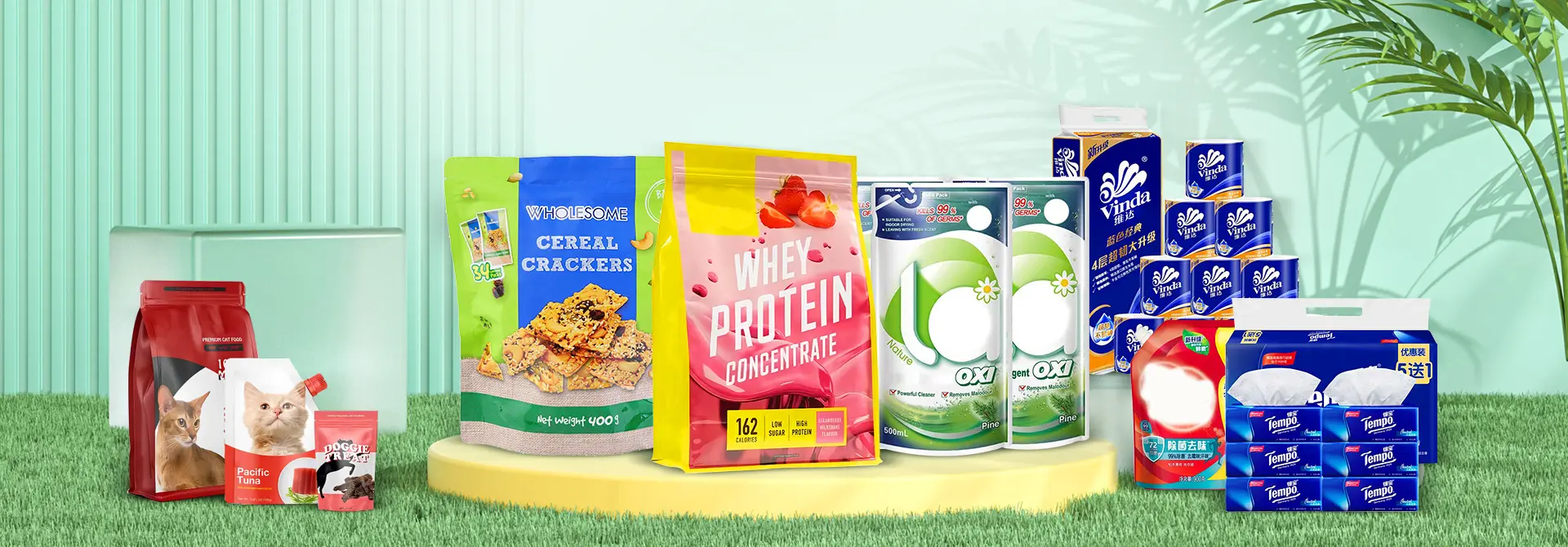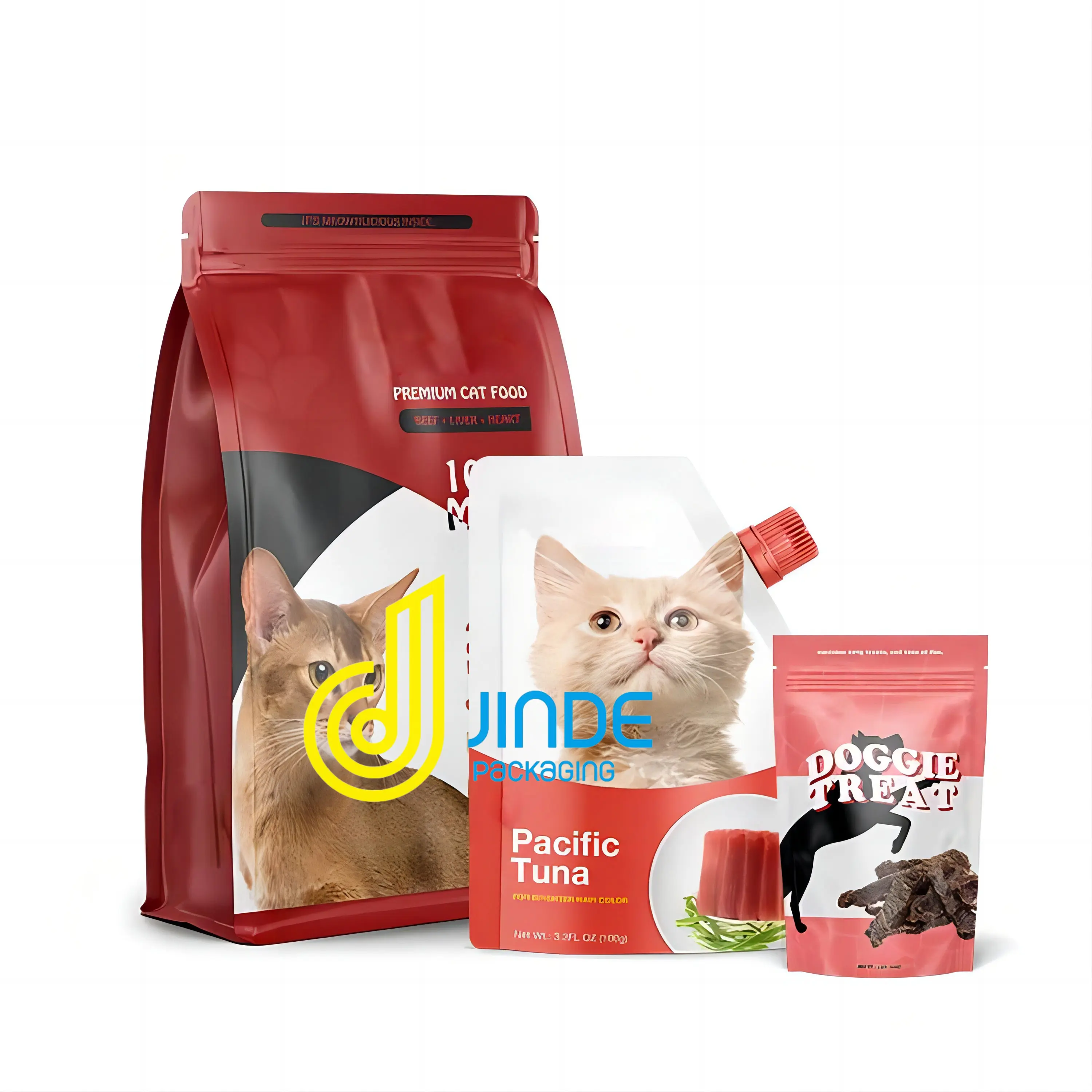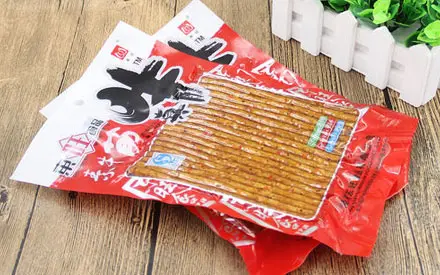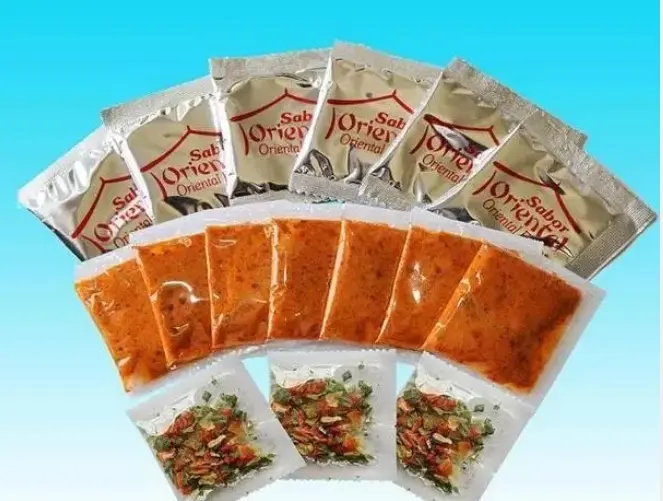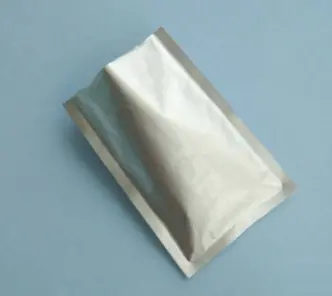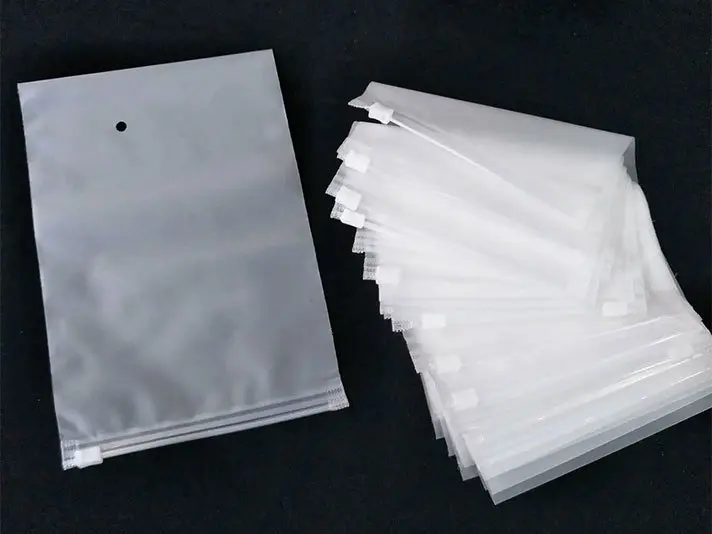How to choose the material of food bags?
The material selection of food bags is based on the characteristics and requirements of the products that need to be packaged.
If you need food bags with moisture-proof, cold resistant, and strong low-temperature heat sealing tensile properties, you can choose BOPP/LLDPE two-layer composite materials. This composite material is generally used for instant noodles, snacks, frozen Dim sum and other foods.
If you need food bags with moisture-proof, oil resistant, high transparency and good rigidity, you can choose BOPP/CPP two-layer composite material. This composite material is generally used for cookies, candies, and various lightweight foods.
If you need food bags with moisture-proof, oil resistant, oxygen barrier, light blocking, and good stiffness characteristics, you can choose BOPP/VMCPP two-layer composite material. This composite material is generally used for fried foods such as potato chips and various dry foods.
If you need food bags with moisture-proof, oxygen barrier, and light blocking properties, you can choose BOPP/VMPET/LLDPE three-layer composite material. This composite material is suitable for foods such as rice snacks and tea.
If you need food bags with moisture-proof, oxygen barrier, fragrance preservation, and high temperature resistance characteristics, you can choose PET/CPP two-layer composite material. This composite material is generally used for alcoholic beverages, aromatic foods, and foods that require steaming and cooking, such as frozen buns.
If you need food bags with moisture-proof, high temperature resistant, and easy sealing properties, you can choose PET/PET/CPP three-layer composite material. This composite material is generally used for foods such as soy sauce and vinegar.
Material abbreviation for food bags
The materials of food bags often appear in abbreviated form, such as common PVDC, PE, PP, PA, EVOH, and aluminum plated film.
PVDC stands for polyvinylidene chloride, PE stands for polyethylene, PP stands for polypropylene, PA stands for nylon, EVOH represents ethylene or vinyl alcohol copolymer, and aluminum plated film stands for aluminum+PE.
Even if only one letter is added before and after these abbreviations, the materials they represent are different. Like PE and LLDPE, PE is polyethylene and LLDPE refers to linear low-density polyethylene. PE contains LLDPE, which is the product of PE subdivision. The same principle applies to PP, BOPP, and CPP. BOPP refers to biaxially oriented polypropylene, while CPP refers to cast polypropylene, both of which are products of PP polypropylene subdivision.
Common food bag materials and structures
Most common food bags in daily life are composite material bags made of multiple materials, generally divided into a three-layer structure. Due to their high safety and good heat sealing properties, PE and PP are easy to seal in layman's terms. So the inner layer is usually PE or PP, the outer layer is PA, and the middle layer is selected as EVOH, PVDC or aluminum plated film according to the characteristics of the product.
PVDC and EVOH have good barrier properties and can effectively prevent oxidation when placed in the middle of food bags. The aluminum plated film has good light blocking properties and is suitable for properties that are not visible to light. PA has good printability, so it is used for the outer layer.
Although food bags are mostly made of multi-layer composite materials, there are also food bags made of a single material, such as the sausage casing made of only a single PVDC.
Precautions for selecting food bags
1. Check the product inspection certificate. Legitimate food bags will have Chinese labels on the outer packaging, indicating the factory name, address, and product name. And the words' for food use 'will be clearly marked on the bag.
2. Use the sense of smell to identify odors. A qualified food bag has no odor. If it has a strange smell, it cannot be used as a food bag.
3. Do not choose packaging bags with colors. Colorful packaging bags are mostly made from recycled plastic and cannot be used as food bags. Bags made from recycled plastic are mostly in red and black colors, so special attention should be paid to avoiding these two colors when selecting.
4. Materials without coating or plating. Modern packaging design pursues aesthetics and uses a large amount of materials with accompanying coatings, which not only adds difficulties to subsequent recycling, but also makes most coatings inherently toxic. These toxic substances adhere to food bags, contaminate food, and then enter the human body with food, causing serious damage to human health. Therefore, it is advisable to avoid using packaging materials that are coated or plated.
5. Green and environmentally friendly. Food bags, as plastic bags, have the characteristic of not easily degrading and can easily cause environmental pollution, which does not comply with the national call. Moreover, consumers' awareness of environmental protection is increasing, and they are more inclined towards eco-friendly products. Therefore, when choosing food bags, the environmental friendliness and degradability of their materials should be considered.

 中国
中国
